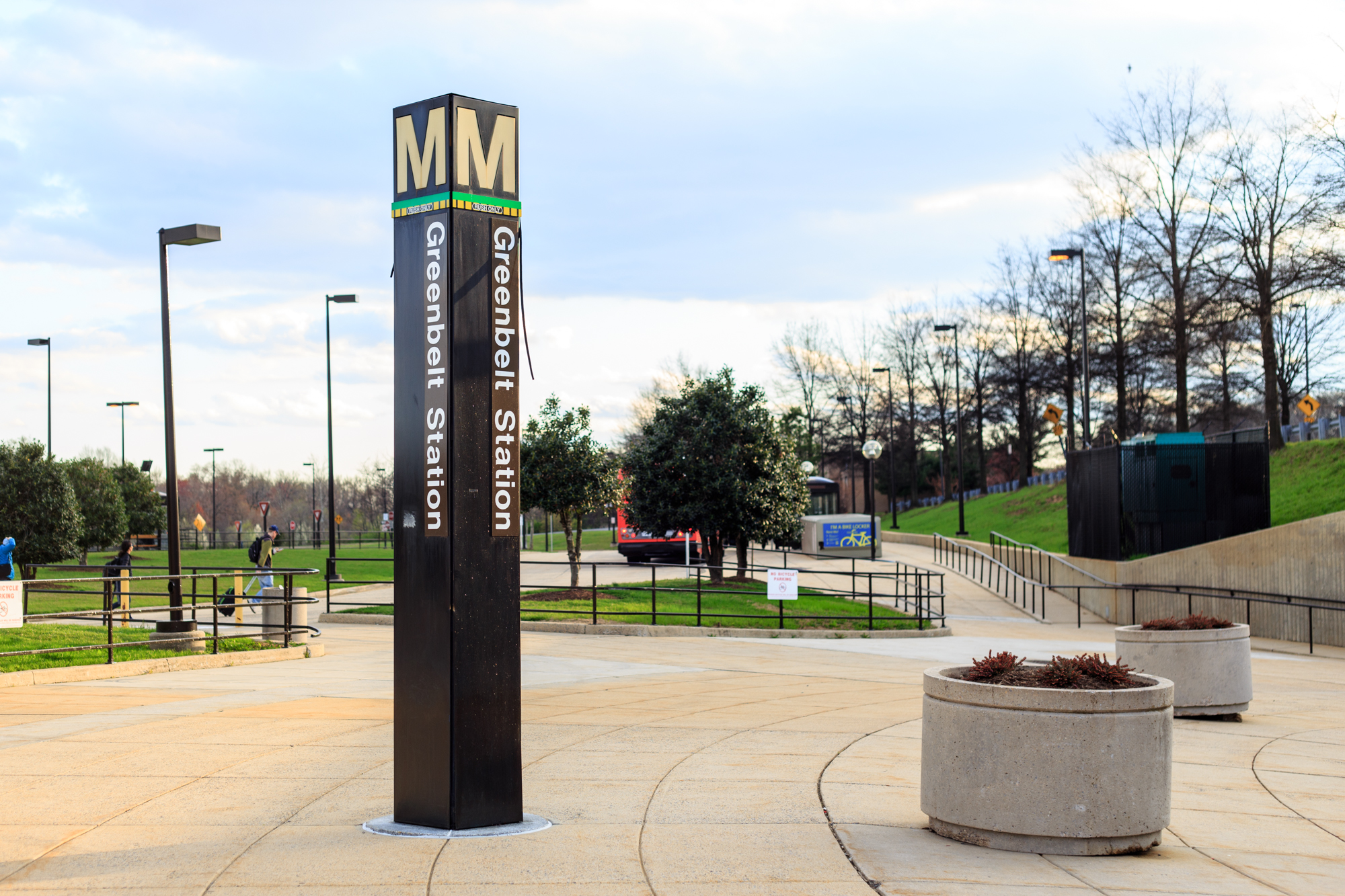As plans for the Purple Line are finalized and construction finally approaches, it is important to remember that the existing Metro system is rotting at its core. Last Saturday’s smoke emergency was just the latest incident in a terrible year for the Washington Metropolitan Area Transit Authority. In the near future, the campus will be making inconvenient sacrifices to accommodate construction of the Purple Line. If WMATA is unable to get their act together, they will sabotage a project costing Maryland taxpayers billions.
In order for the University of Maryland community to fully benefit from the Purple Line, the existing Metro system must run safely and efficiently. The additional light rail will allow easy access to Bethesda and Silver Spring, but smoother access to Washington is a must. By 2022, which is the planned opening of the Purple Line, the system must improve its management.
From 2006-2015, the metro area population grew by nearly 15 percent while ridership remained flat. In the second half of 2015, Metro ridership declined 6 percent on weekdays and 12 percent on weekends. This precipitous drop is a symptom of the quality of service that the public is getting. Clearly, there is a long-term problem that has coming to a head in the last couple of years. The March 16 shutdown was the most outrageous lapse, but is only one in a string of issues. Last fall, a fire at the Stadium-Armory station shut it down for six weeks. A report a few weeks ago found that certain lines are in such dire need of repair they might be shut down for as long as six months.
A number of systemic issues are responsible for the Metro’s decline from its perceived status as a futuristic system in the 1970s to its current state of affairs. The system simply hasn’t been efficient at getting results from its workers. Massively expensive pensions for union workers have raised costs which end up being passed on to riders, making the Metro one of the most expensive systems of its type in the country. A culture of cronyism has contributed to inefficiencies in the system.
Another problem is the difficulty in coordination between Washington, Maryland and Virginia in sharing the costs. These jurisdictions compete among one another to save money rather than focusing on ensuring quality service to the entire DMV area. These difficulties caused WMATA to delay investments and improvements and led to the breakdowns we see as the system now crumbles. Better cooperation is needed from the different political entities that affect WMATA’s funding.
A potential solution would be to do away completely with the current management and install a privatized operator to run the system. Hong Kong’s subway system is one of the best in the world, and is managed by MTR Corporation, which has since won contracts to operate trains in the U.K., Sweden and Australia. Unlike most systems, Hong Kong’s subway turns a profit and boasts a 99.9 percent on-time rate. Their track record of success cannot be denied.
Particularly during group travel, the ridesharing services Lyft and Uber are comparably priced with the Metro. This goes to show how badly managed the system has become as it has deteriorated over the years. Innovation continues to bring new alternatives to the market, but we have seen none of that from WMATA. They need to arrive in the 21st century in order to stay competitive and maximize results from taxpayer dollars.
Daniel Galitsky is a senior economics and finance major. He can be reached at dgalitskydbk@gmail.com.



